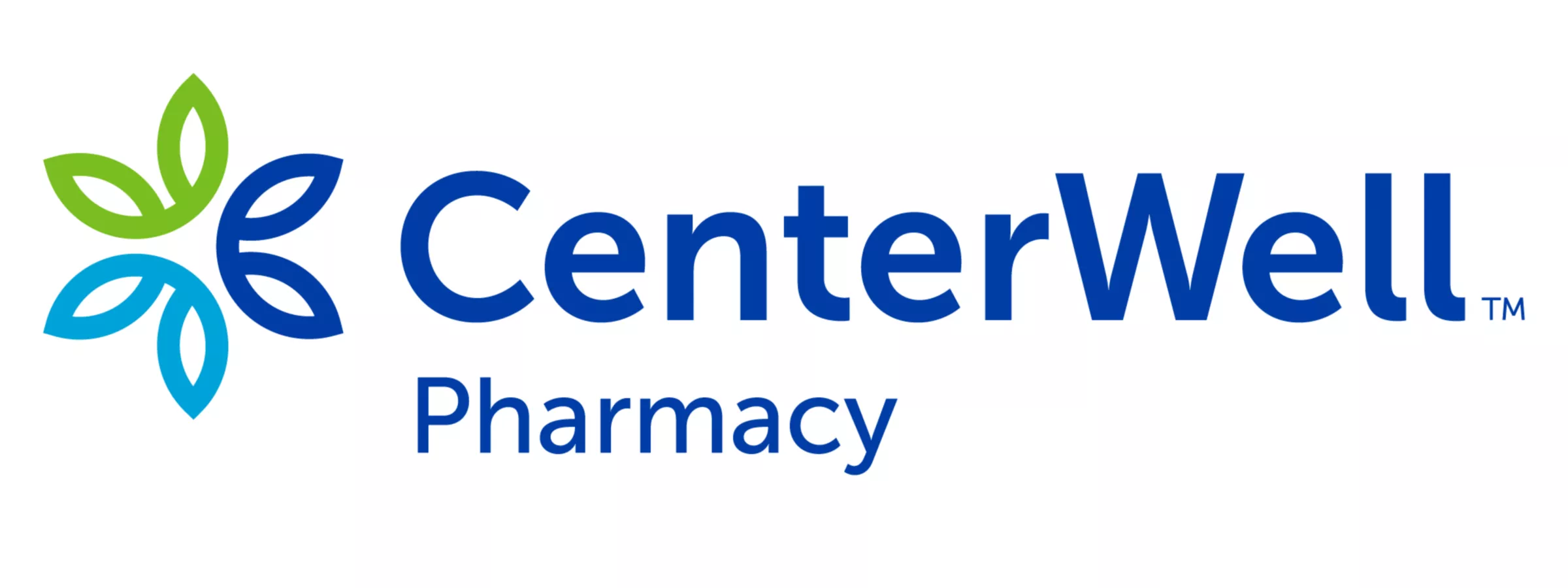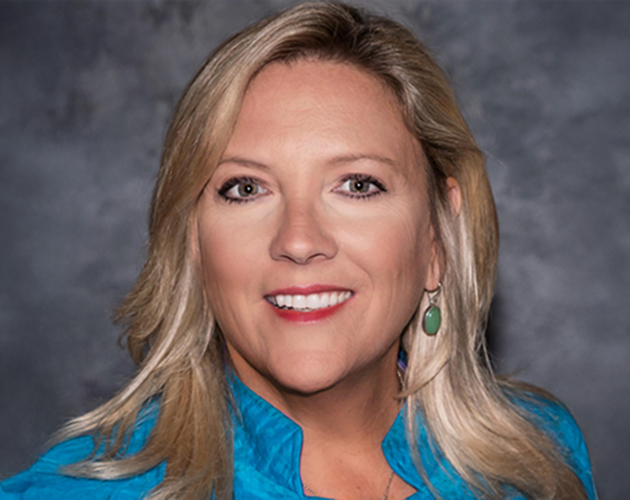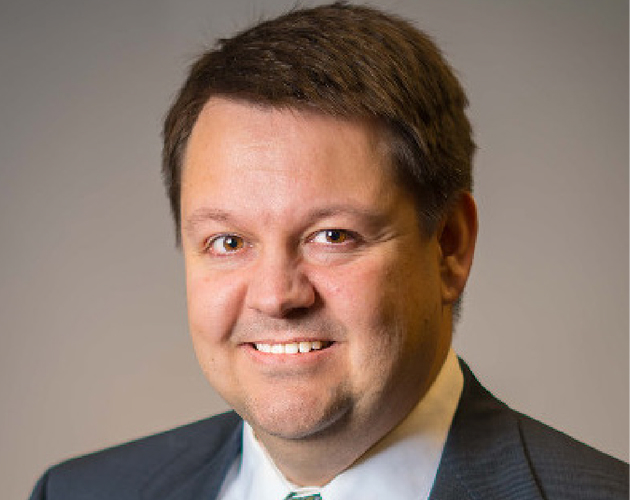A shortage of doctors and nurses has left many Americans without primary care providers
(PCPs). According to a report by the National Association of Community Health Centers, more
than 100 million people in the U.S. don’t have a PCP.7 Meanwhile, another study
revealed
that only 43% of American adults said they have a relationship with a doctor or healthcare
facility that has lasted at least five years.8 This situation is likely to worsen
in the
coming years: The Association of American Medical Colleges projects the U.S. will face a
shortage of up to 86,000 physicians by 2036.9
A shortage of doctors and nurses has left many Americans without PCPs
86,000 Fewer
physicians by
2036
PCPs play a quarterback role in the healthcare system, ensuring members receive an integrated
care experience, which is tied to improved health outcomes. The PCP’s role includes
coordinating healthcare services, such as referrals to specialists and keeping up-to-date
with a member’s changing healthcare needs and any adverse health events, such as a visit to
an emergency room. Without a PCP performing this critical coordinating and gatekeeping role,
patients lose access to an integrated care experience.
A holistic approach that places the member and their PCP at the center of the care model
helps address access to care issues associated with a shortage of PCPs. This is why Medicare
Advantage organizations encourage members and physicians to move to a value-based care (VBC)
model.
VBC is the best way to enable integrated care, going beyond physical well-being to encompass
social, behavioral and functional health. The VBC model weaves together different pieces of
the healthcare puzzle to treat the whole person. There is greater emphasis on patient
outcomes in a VBC model because physicians are paid and incentivized based on the quality of
the care provided rather than the number of patients seen.
Against this background, Humana’s goal is to get as many members as possible attributed to
VBC physicians. Currently, 70% of Humana’s individual Medicare Advantage prescription drug
(MAPD) members are aligned with VBC providers. The goal is to boost this even more while
also increasing the number of providers in a VBC contract arrangement. To help achieve this,
Humana partners with physicians to educate and support them with tools and resources.
On a macro level, greater uptake of a VBC model may help address the shortage of PCPs by
reducing physician burnout. Physicians who participate in a VBC practice tend to have a
better experience and see fewer daily patients: In a fee-for-service practice, a physician
might see 25 to 30 patients a day (or more), whereas in a VBC practice a physician will see
about 15 patients per day on average. When physicians have higher levels of job
satisfaction, it’s easier to retain talent.
70%
of Humana’s MAPD members are aligned with VBC
As we look toward the coming years, more physicians are likely to adopt or
transition to VBC because they can provide a better quality of care, healthcare costs
are lower, members and physicians have a better experience (members spend more time with
doctors and physician burnout is reduced) and the incentive structure rewards physicians
for improving health outcomes for patients.









